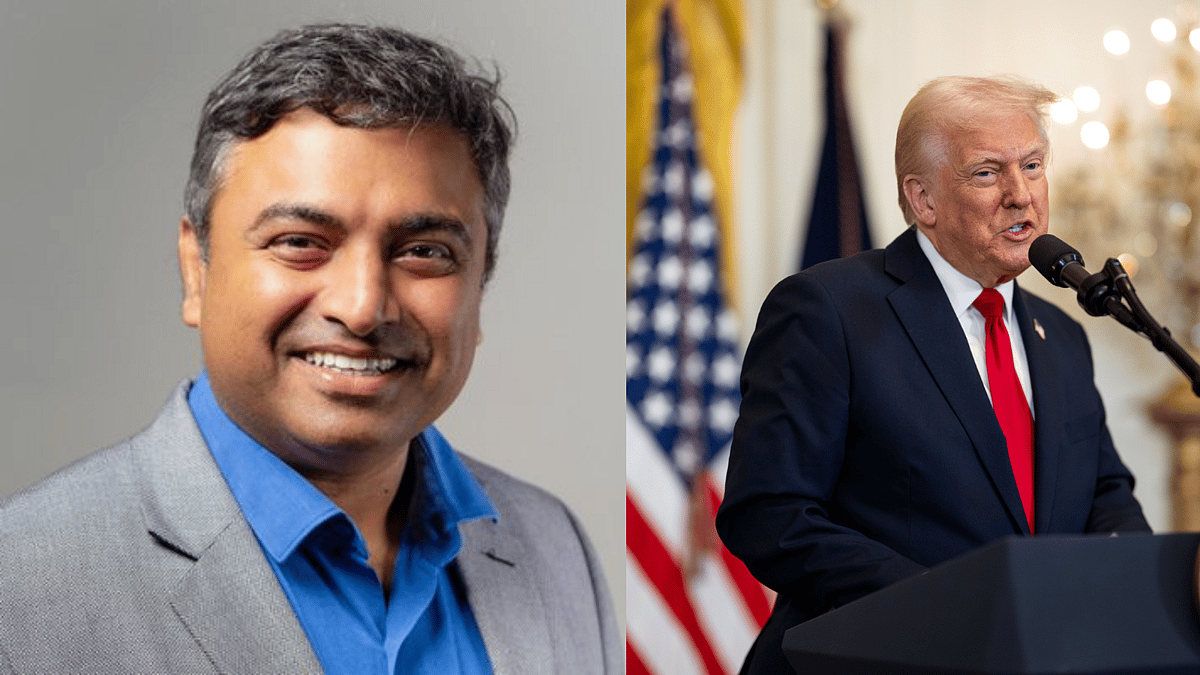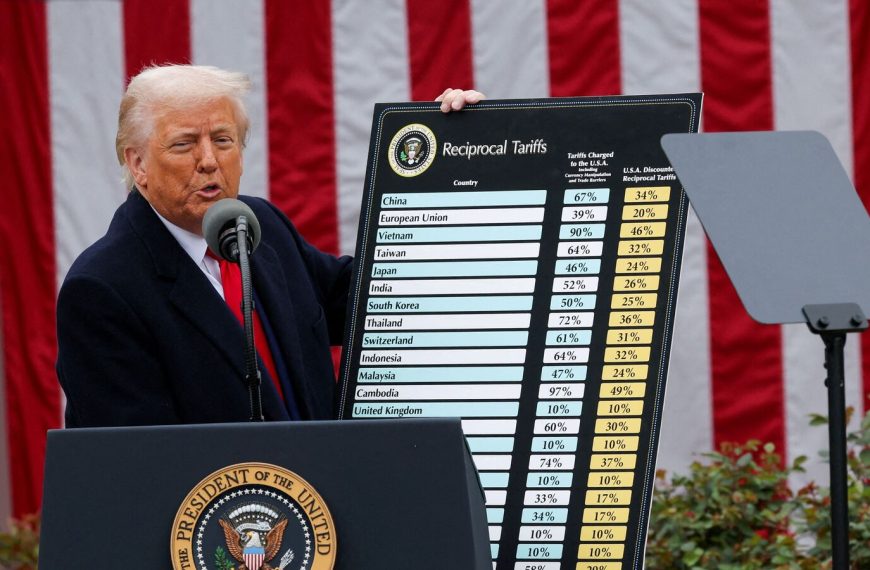In a bold move that could reshape international trade dynamics, President Donald Trump announced on Wednesday the implementation of steep import duties on goods from India and China. The tariffs, set at 26% for India and 34% for China, have been termed "discounted reciprocal tariffs" by the President, who claims this approach is a form of kindness, as it represents roughly half of what these nations impose on American products.
Global Repercussions of Tariff Increases
According to Deepak Shenoy, the Founder and CEO of Capital Mind, this tariff strategy might provoke global central banks to reconsider their reserves, potentially leading to a shift away from the US dollar. Shenoy expressed skepticism about the long-term benefits of Trump’s tariffs, suggesting that American consumers may bear the brunt of these changes.
- 26% tariff on Indian goods
- 34% tariff on Chinese goods
- Potential global shift from USD to alternatives like Euro bonds
In a recent post on social media platform X, Shenoy noted that there is no immediate need for these countries to retaliate against the tariffs. Instead, he implied that it could be beneficial for Americans to experience the consequences of these duties before any further action is taken.
Shifting Currency Preferences
Shenoy further elaborated that as these tariffs take effect, other countries might explore alternatives to the US dollar. He stated, “It’s plausible that central banks could move to Euro bonds or Japanese Yen for their reserves. If the US isn’t willing to import meaningfully, the rationale for using the dollar diminishes.” His comments highlight a significant turning point in global economic relations.
- 60 countries facing reciprocal tariffs
- Baseline 10% tariff on all imports starting April 5
- Higher tariffs on specific nations effective April 9
Despite the potentially negative impact on markets, Shenoy identified a silver lining: the uncertainty surrounding these tariffs is gradually diminishing, allowing Americans to better understand the ramifications of such policies.
Economic Outlook
The US tariffs will primarily affect around 60 nations that maintain significant trade surpluses with the United States. As these tariffs are rolled out, concerns about inflation and economic stability are rising. According to some analysts, prolonged tariff impositions could trigger major inflationary pressures, adding to the complexity of the current economic landscape.
In conclusion, while President Trump’s tariffs on India and China represent a strategic maneuver in international trade, experts like Shenoy warn of the potential fallout. The world watches closely as these changes unfold, with significant implications for global currency usage and economic stability.











